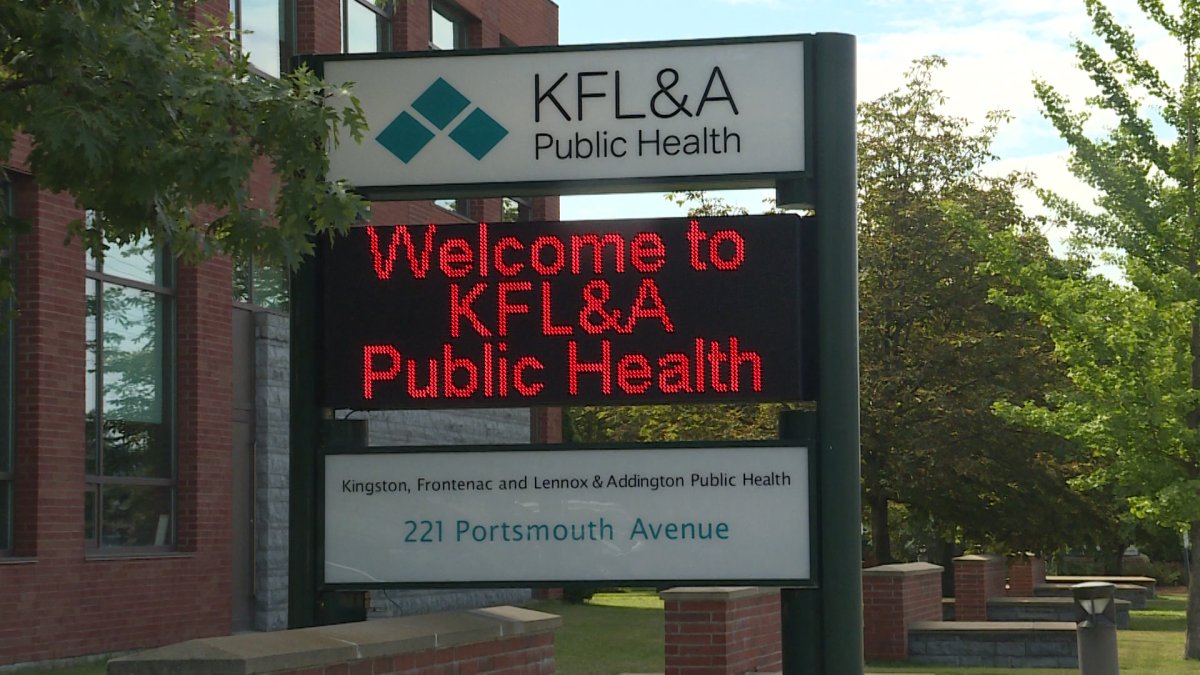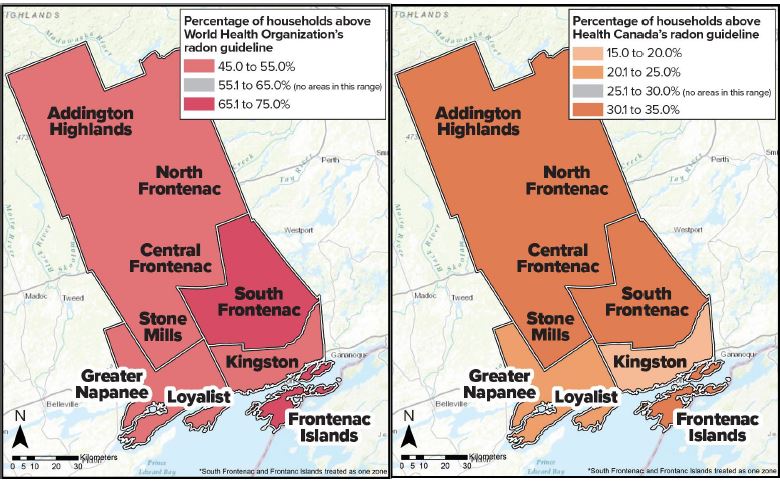One in five homes tested for radon under the purview of KFL&A Public Health showed high levels of radon, according to the public health unit.

The health unit surveyed over 1,000 homes in the area, and over 220 of those homes were found to have radon levels higher than the Health Canada guideline.
“Health Canada recommends radon mitigation for homes tested above 200 becquerels per cubic metre,” KFL&A said in a news release.
Nevertheless, the public health unit pointed to the World Health Organization’s guideline, which says anything over 100 becquerels per cubic metre is potentially harmful. By these measures, over half of the homes tested in the Kingston area had high radon levels.
According to the public health unit, radon is a naturally occurring radioactive gas that comes from the breakdown of uranium found in the rocks and soils.
Radon doesn’t have a taste or smell, and is invisible. It usually enters homes through cracks in foundation floors and walls, gaps in pipes, open floor drains, or any other area of exposed soil.
The health unit says that radon is the second leading cause of lung cancer in Canada, after tobacco smoke, and they are urging people in the area to test for the radioactive gas, since mitigation tactics can significantly reduce radon concentrations.
It’s apparently impossible to completely prevent radon, but the health unit says there are measures that can lower levels in the home, such as increasing ventilation, or sealing any visible cracks or openings around pipes.
KFL&A’s public health promoter Erin Hayes says the only way to know the radon levels in a home is to test for it.
“You just leave the test in your house untouched, and then you just bring them back to us, and we’ll send them to the lab. Then the lab will get back to you with your results,” Hayes said.
The public health unit will be selling radon testing kits starting in November, because the tests are the most accurate during the colder months.
The city of Kingston will also be implementing a radon mitigation strategy, which will be presented at council on September 3.
WATCH: (Nov. 16, 2018) Keeping radon levels down in your home






Comments